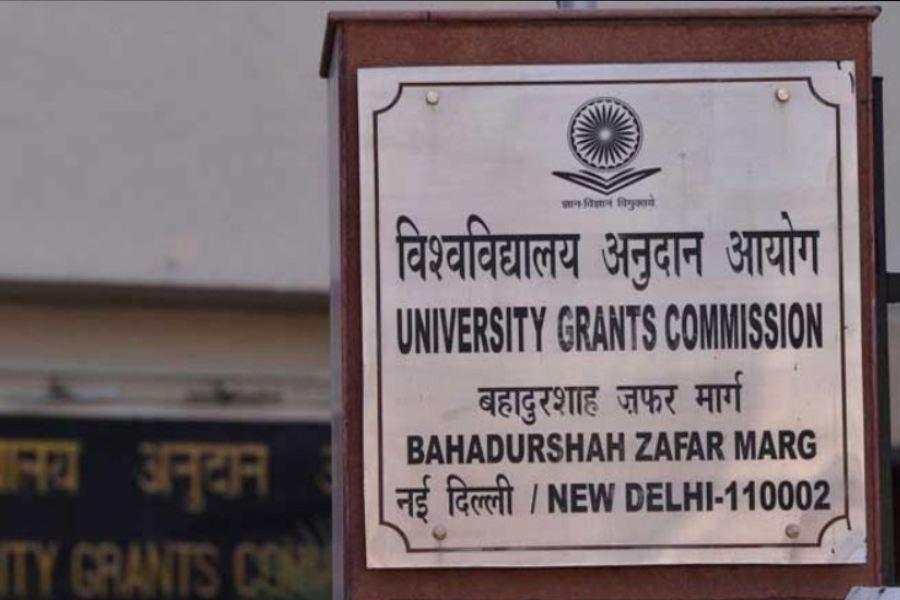Foreign higher educational institutions opening campuses in India may be an exciting moment for India’s education system. They could offer new stimulus to studies here, although the National Education Policy, 2020 envisaged greater things. Indian students would receive the education available in the best universities abroad without great expense or change of location. It would also turn India into an educational hub with international staff and students flocking to the campuses. Now that the University Grants Commission has finalised the regulations for FHEIs, the possibilities may still cause excitement, but perhaps not in the expected way. To establish a campus in India, an FHEI would have to be among the 500 best in global rankings, or in subject-wise ranks. Since there is more than one ranking agency, this vagueness opens up the route for less-than-the-best universities which, since they shall be allowed to repatriate revenue, could look to making profits. Surely that was not the NEP’s goal?
The UGC alone will consider applications and, once a campus is opened with a fee, it will monitor the courses, quality of education, its suitability, the number of awarded degrees and graduating students. The best foreign institutions that are, in any case, hesitant to open overseas campuses because their ethos and tradition cannot be transported wholesale, might not be eager for UGC scrutiny. Especially since the UGC can suspend or withdraw permission if it is not satisfied — if a course hurts India’s sovereignty and security, for example. That, again, is too vague. Besides, what is ‘quality’, and who will assess whether it is at par with that on the home campus, as demanded? The FHEIs, however, will have their own recruitment and admission policies, fee structures, courses and can award degrees and conduct research. But a law, not a regulation, permits a university to confer degrees. FHEIs are being introduced without the scrutiny of a legislative process. Also, Indian public universities have to follow UGC guidelines regarding recruitment, fees and courses. How would higher education in India be enriched by this divisiveness? A collaborative model, instead, could benefit both sides. But will FHEIs stop students from going abroad and learning from a different culture and environment? There are only around 333 FHEIs in the world. Should the government not look deeper into the reasons for their scarcity?










